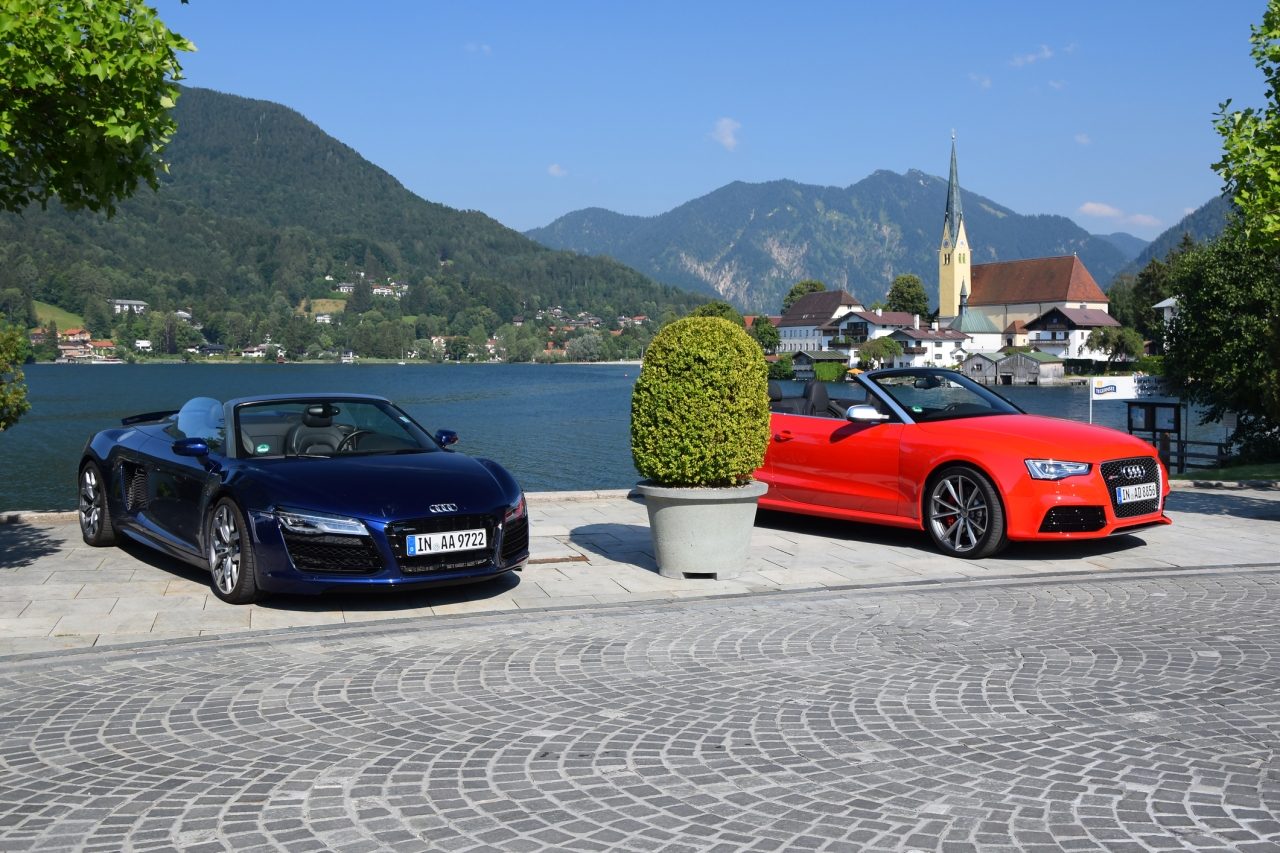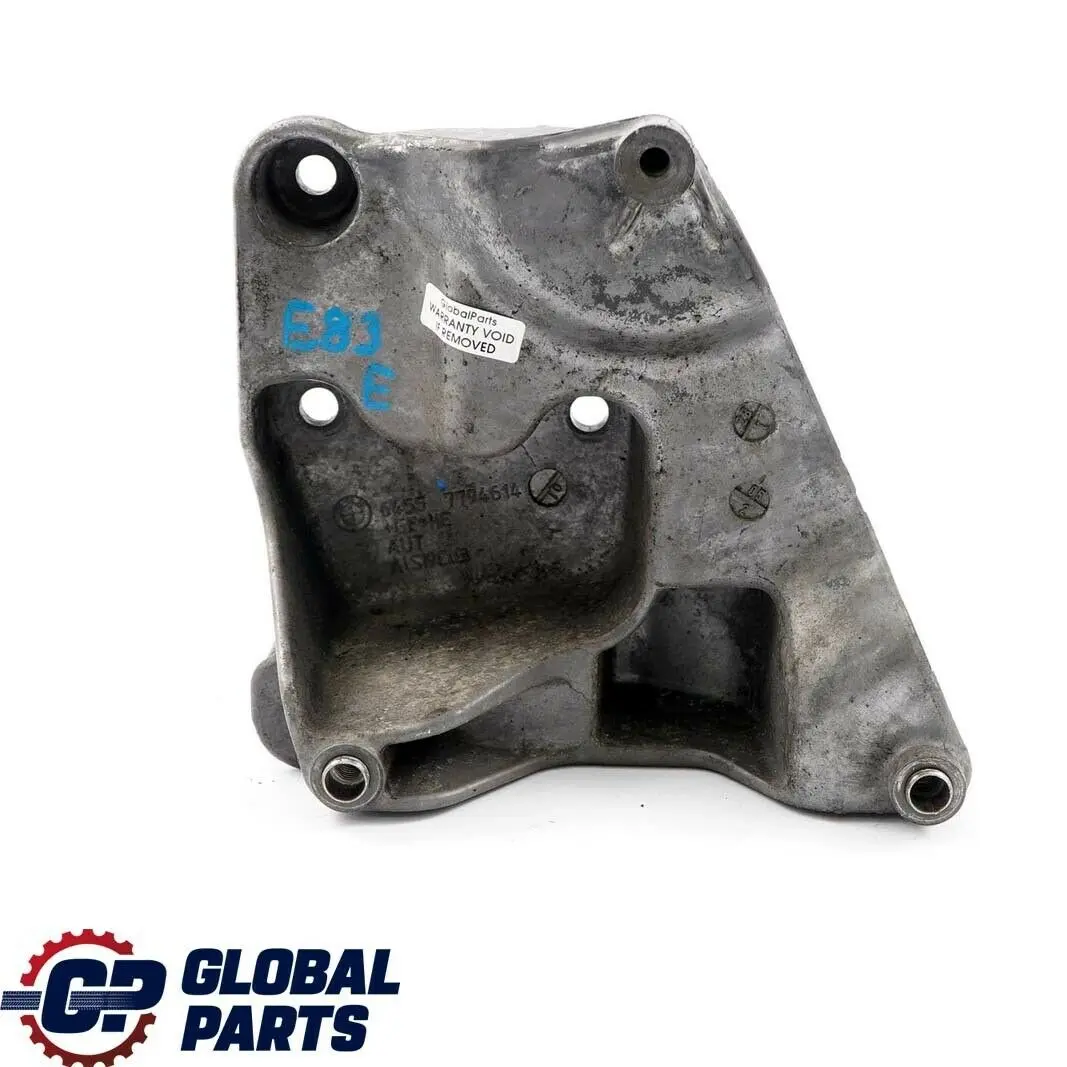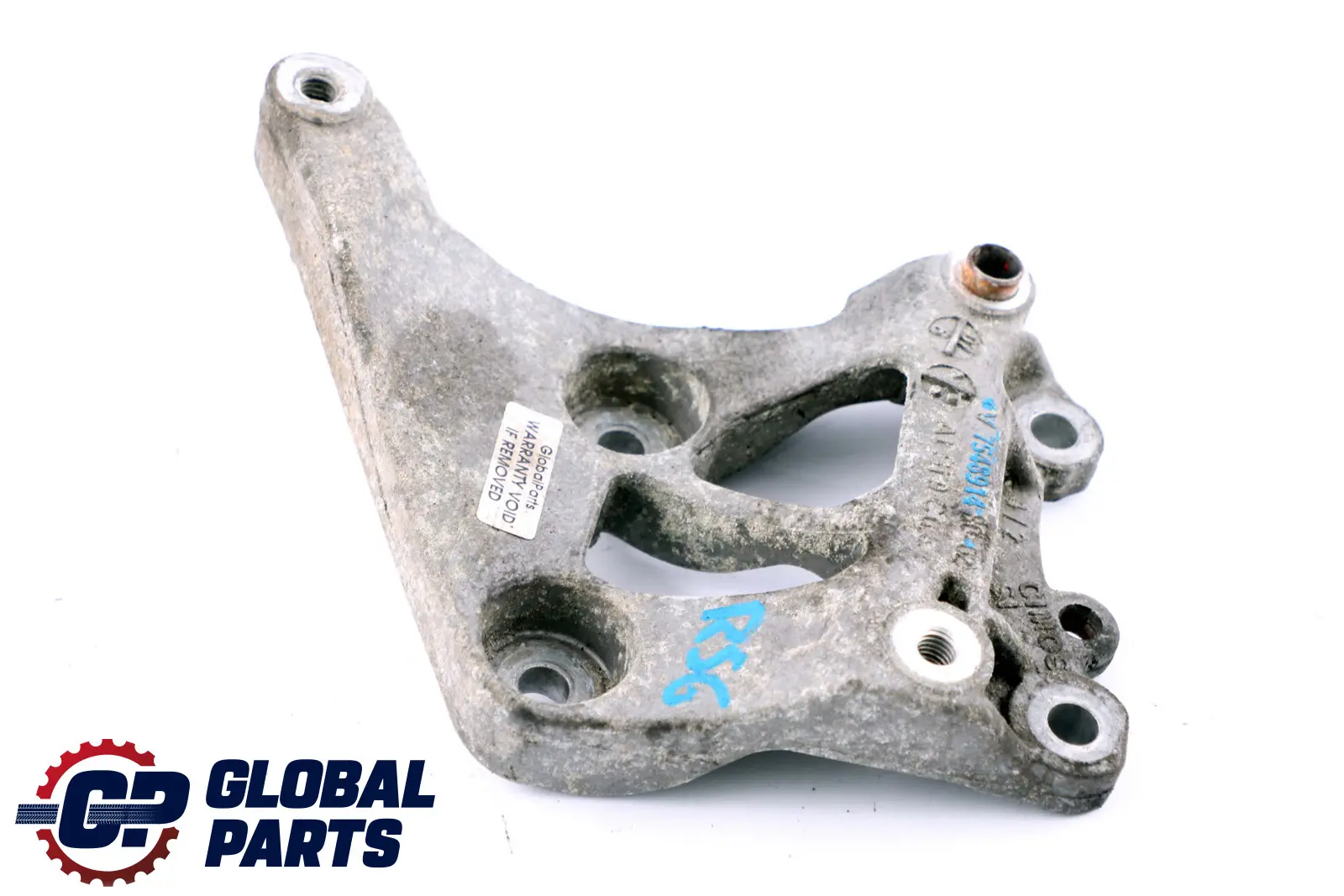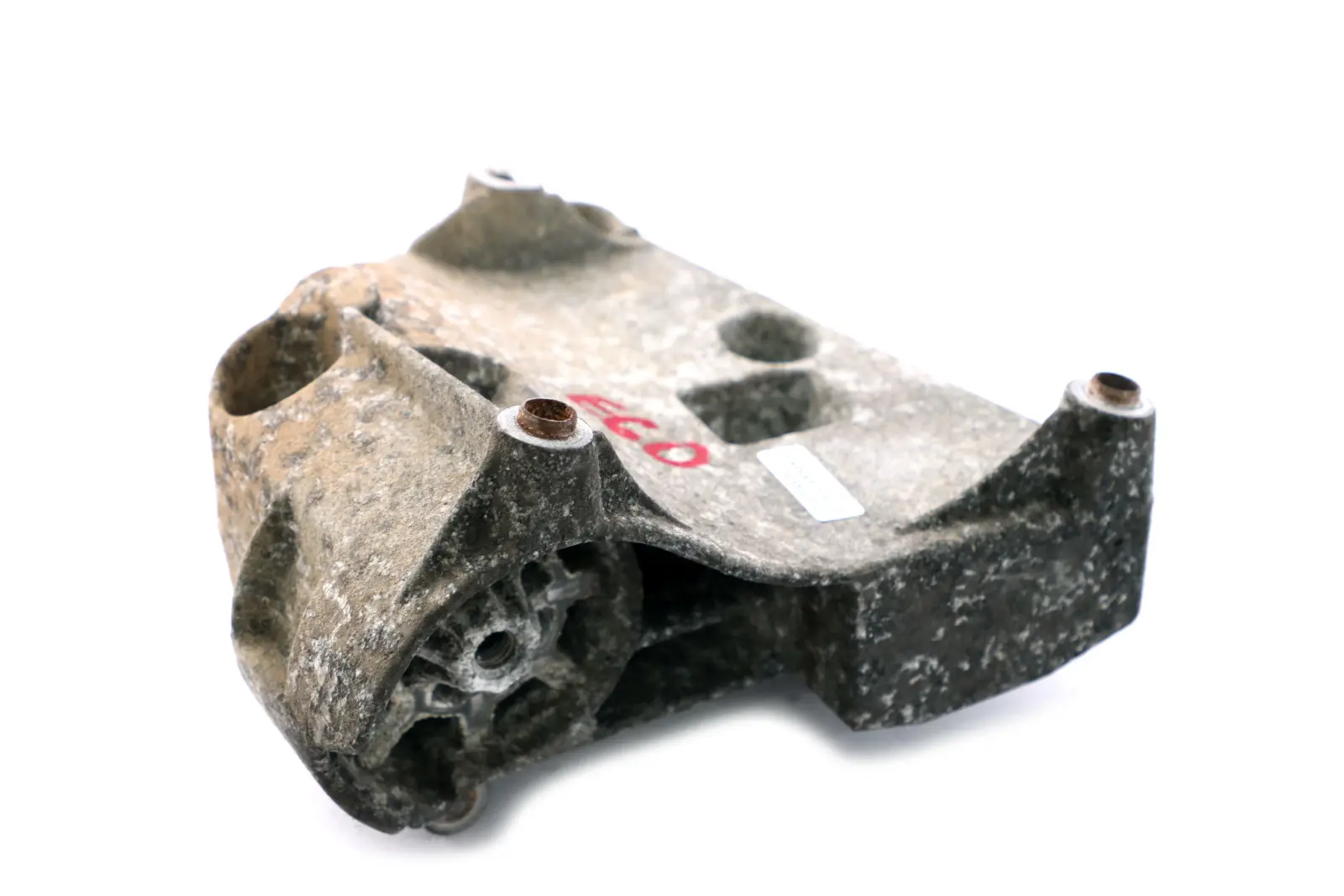Summer Heat vs. Cooling System: Coolers and Fans in the Service of Savings
Summer heat is a time when a car's engine cooling system is particularly vulnerable to stress. High air temperatures flowing around the radiator significantly reduce its ability to effectively dissipate heat. As a result, the engine's "temperature reserve" decreases, which can lead to overheating, loss of power, and even serious damage to the engine. Fortunately, there is a solution that allows you to keep the cooling system in excellent condition while reducing costs and environmental impact – original used radiators and fans, available as certified OEM parts. In this article, we'll look at how hot weather affects the cooling system, the physical basis of heat transfer, the consequences of overheating, and why original used parts are an excellent choice for workshops and drivers.
How do high summer temperatures affect the engine cooling system?
The internal combustion engine cooling system is designed to maintain the engine's optimal operating temperature, typically around 90–95°C. However, its effectiveness depends largely on ambient conditions, particularly the temperature of the air flowing through the radiator. High outside air temperature actually shortens the so-called "temperature reserve" of the engine. This means that the temperature difference between the hot coolant and the environment (marked as ΔT) is smaller, which reduces the system's ability to dissipate heat. For example, when the air temperature is 15 °C and the coolant is around 95 °C, the ΔT difference is around 80 K. However, in hot weather, when the ambient temperature reaches 35 °C, ΔT drops to 60 K. This change translates into a decrease in cooling efficiency by up to 25%. Additionally, if the cooling system is contaminated, for example, by scale deposits or dust, or if the fan is not working properly, the risk of overheating increases very quickly. In such situations, the engine's electronic control unit (ECU) often responds by reducing power to protect the engine from damage.
Fan – a key element for cooling in traffic jams and at low speeds
When driving at high speeds, air naturally flows through the radiator, effectively dissipating heat. However, in traffic jams or when stationary, when vehicle speed is low or zero, natural airflow is minimal. In these conditions, the radiator fan is the only source of cooling. .
Fan failure can have very rapid and serious consequences – coolant temperature can rise by up to 15°C within a few minutes of idle time. Therefore, fan health is crucial to engine safety, especially in hot weather.
Fans equipped with a thermostatic clutch are designed to minimize power loss when the engine is cold. The fan impeller is fully engaged only after a certain temperature is exceeded, ensuring optimal operation and fuel savings.
Practical effects of engine overheating
Engine overheating isn't just uncomfortable, it also poses a real threat to its durability and performance. Here are the most important consequences:
- Detonation and Ignition Correction: Hot intake air promotes combustion knock, which is harmful to the engine. To prevent this, the engine control unit forces a retardation of the ignition timing, which reduces power and efficiency.
- Oil Film Disappearance As oil temperature increases, its viscosity decreases, which causes faster wear of bearings and other engine components, increasing the risk of failure.
- Higher emissions and fuel consumption To protect the valves and catalytic converter, the controller enriches the fuel mixture, which leads to higher fuel consumption and increased exhaust emissions.
Original used radiators and fans – economical and ecological
With rising spare parts prices and growing environmental awareness, genuine used radiators and fans are becoming an increasingly popular choice. They are available as certified OEM parts, which, after full quality verification, offer almost the same performance as new components at a significantly lower cost. This allows workshops and drivers to significantly reduce their cooling system maintenance costs while also protecting the environment.
Global Parts Offer – Certified OEM Parts
The Global Parts automotive store offers a wide selection of original, used radiators and fans for popular car brands such as BMW, Mercedes, Audi, VW, and Mini. All parts are genuine OEM components that have undergone full quality inspection.
Examples of parts available in the offer:
| Mark | Part type | Model / Catalog Number (P/N) |
|---|---|---|
| BMW | Cooler | E81/E87/E90 – P/N 7559273 |
| Fan | X3 E83 600W – P/N 3442089 | |
| Cooler | F20/F30 N47N – P/N 7600532 | |
| Mercedes | Cooler | W204 OM651 – P/N A2045003603 |
| Cooler | W213 OM654 – P/N A6540904101 | |
| Audi | Cooler | A4 B8 – P/N 8K0121251R, 8K0121207A |
| Cooler | A6 C6 3.0 TDI – P/N 4F0145806AA | |
| VW | Cooler | A3 8V – P/N 5Q0121203G |
| Cooler | A4 B8 2.0 TDI – P/N 8K0145805P |
*The intercooler indirectly influences the engine temperature by relieving the cooling system at high boost.
Service recommendations for workshops
To ensure long and trouble-free operation of the cooling system, workshops should follow several basic rules:
- Regular visual inspection. Check the radiator fins for corrosion, damage, and leaks. Even minor damage can significantly reduce cooling efficiency.
- Flushing the cooling system every 2 years Scale deposits and other contaminants can reduce the thermal conductivity of the radiator by up to 10%, so regular flushing is essential.
- Fan Performance Test Measuring current consumption and fan speed under load helps detect faults and prevent overheating.
- Selecting the correct coolant and cap pressure Correct system pressure increases the boiling point of the coolant to approximately 125°C, which improves cooling safety and efficiency.
Take care of your car's cooling system
Summer heat poses a significant challenge to the engine cooling system. High air temperatures reduce cooling efficiency, increasing the risk of overheating and serious damage. Genuine used radiators and fans, available from Global Parts as certified OEM parts, restore full cooling system efficiency while reducing service costs by up to 70% and reducing CO₂ emissions by 60–80%.
Mechanics who consciously choose fully verified used car parts gain a competitive advantage by offering customers reliable and economical solutions. This allows both workshops and drivers to enjoy safe and efficient engine operation even on the hottest days.

Definitions and parameters – cooling system, radiator, fan, EGR/aux
The cooling system maintains ~ 90–95 °C of fluid under typical conditions; its performance depends on the temperature difference ΔT and air/fluid flow. A used radiator (e.g. BMW E90 radiator / Audi A3 radiator / Golf 5 radiator / Audi A4 B8 radiator ) selected by VIN/OEM/PN ensures compatibility of nozzles (Ø), mountings and sensors. Car radiator fan (e.g. BMW E60 fan / BMW E87 fan / Audi A3 8P fan / Audi A4 B8 fan / Ford Fiesta Mk7 radiator fan ) differs in power (e.g. 300–600 W ), plug (pinout) and rotor diameter – these determine the installation parameters. In EGR systems (e.g. BMW EGR cooler ) an additional exhaust gas cooler relieves the main cooler under high load.
Selection and installation procedure – step by step (VIN → PN/OEM → ΔT → tests)
Step 1 – Identification by VIN/OEM: determine the version of the BMW E46 cooling system / BMW E90 cooling system / Mercedes AMG cooling system – they differ in the diameters of the connections, sensors, covers and fan power. Step 2 – Parameters and compatibility: select E46 water cooler or BMW E90 radiator / Audi A4 B8 radiator / Audi A3 radiator / Golf 5 radiator by PN number, verify diameters (e.g. Ø32/Ø35 mm), sensor sockets and frame; in the case of fans, check power (W), plug, diameter . Step 3 – Assembly and flushing: Before assembly, flush the block and heater core; after assembly, bleed the system (model procedure) and run the fan test (ON ~ 97–102 °C, two-speed in many cars). Work on the cooling system should be verified by a mechanic/service center. Step 4 – Check ΔT and pressure: at 35 °C ambient ΔT drops by ~ 20 K vs 15 °C – check the logs for temperature stability, thermostat operation and cap pressure (higher → higher boiling point ~ 125 °C ).
FAQ: Cooling System - Driver Questions and Answers Global Parts
| Question | Answer |
|---|---|
| 1) What is the difference between the BMW E46/E90 cooling system and universal kits? | Factory kits have different connectors, sensors and mountings; matching by VIN/OEM/PN ensures a "plug-in" fit. |
| 2) How to recognize a compatible radiator fan? | Check power (W), diameter, number of gears and pinout of the plug; E60/E87/A3 8P/A4 B8 models often differ. |
| 3) What should you check when buying a used radiator? | Straightness of fins, no micro-leaks, cleanliness of channels; after assembly, rinse and bleed the system. |
| 4) Can a more powerful fan be used in the E60? | Only within compatible PN numbers; otherwise control and current consumption may cause errors. |
| 5) Why does the car warm up faster at 35 °C? | Because the temperature difference ΔT decreases (e.g. from 80 K to 60 K) and the radiator releases less heat – the role of an efficient fan increases. |
| 6) Does the A4 B8 radiator fit between different engine versions? | Not always; other connectors and sensors – selection based on PN and engine version. |
| 7) Where to confirm radiator/fan fit? | At Global Parts – selection by VIN/OEM/PN, proven used OEM; it is best to entrust cooling work to a service center. |
| Table – quick match (phrase → what to check → assembly tip → effect) | |
| Phrase | What to check (parameters/OEM) |
| --- | --- |
| BMW E90 radiator | diameters of the connections, temperature sensor, frame |
| Audi A3 radiator / Golf 5 radiator | PN, sensor sockets, covers |
| Audi A4 B8 radiator | A4 B8 fan compatibility |
| BMW E60 fan / BMW E87 fan | power (W), diameter/housing |
| Audi A3 8P / Ford Fiesta Mk7 fan | plug, 1/2 gear |
| BMW EGR cooler | PN compliance, fluid connections |




